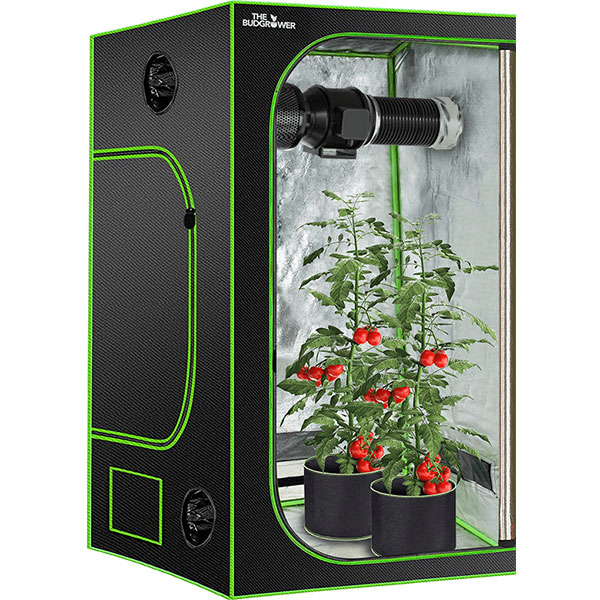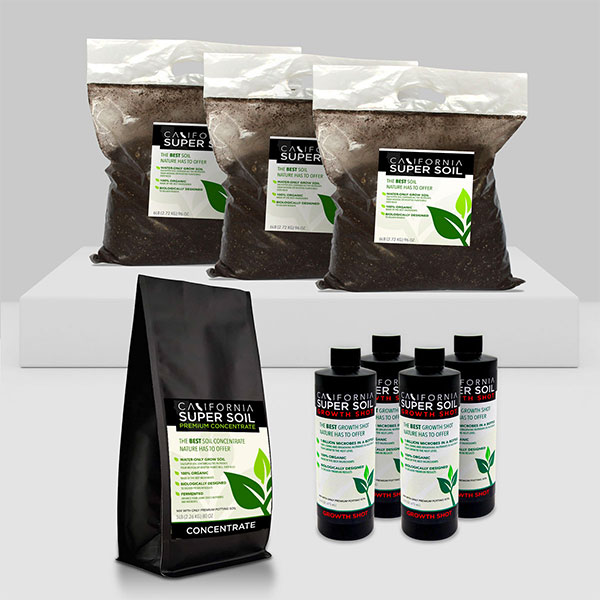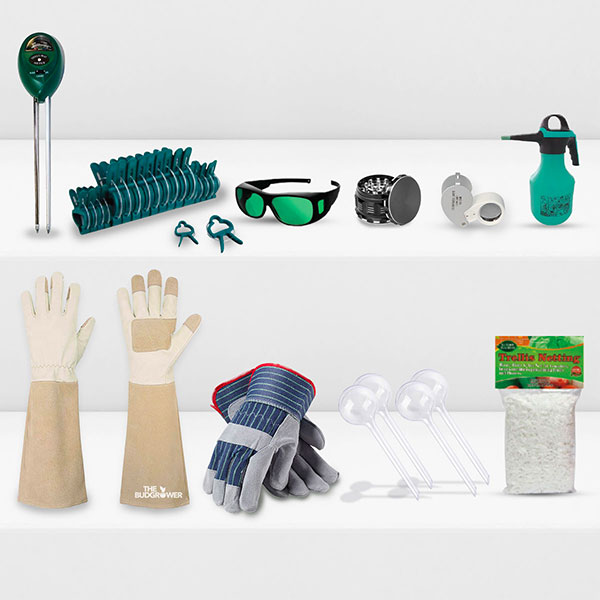Cloning a marijuana plant is a process where growers use asexual reproduction, mainly by transplanting cuttings, to create offspring that mirror the genetic makeup of the mother plant. A plant that stands out in yielding Cannabidiol (CBD) or TetraHydroCannabinol (THC), for instance, is a suitable mother plant since it guarantees the grower the exact yields forever. Following this guide is a fairly simple process you can achieve at home.
How to Clone a Weed Plant: Cloning Cannabis Plants
Why Clone Cannabis Plants?
1. Cannabis Seeds Have Variations In DNA
A genotype is a variant of a specific gene, so cannabis seeds from the same strain can germinate into plants that differ in color, size, or yield. The risk of unpredictability is costly to growers based on the time and resources spent nurturing seedlings into mature crops.
2. Marijuana Clones Are Ideal For Commercial Production
Clones are produced when a cannabis grower makes a cutting from the stem of a mother plant and then plants it into a medium so it can develop roots. Clones develop faster than seedlings because they already contain active growth hormones from the mother plant. Commercial marijuana producers who breed clones have a four to five-week advantage over farmers who prefer to germinate their seeds.
3. Marijuana Clones Require Smaller Growing Space
Cannabis seedlings have a high growth rate because the plant is doing its best to develop roots for nutrient absorption and leaves for photosynthesis to maximize its chances of survival. This means the plant requires large space and frequent pruning as it matures.
Clones, on the other hand, have a lower growth rate since they’re produced from adult plants. The farmer can nurture clones into mature plants using less space since they produce fewer branches than seed-propagated crops.
4. Best Solution To Avoiding Hermaphrodite or Male Marijuana Plants
Sourcing cannabis seeds comes with the risk of purchasing regular or non-feminized seeds. Hermaphrodite and male plants are a huge setback because they produce significantly lower yields as well as cannabinoids compared to female crops.
Cultivating clones is the best solution because the farmer gets to identify and interact with mother plants bearing the desired traits.
5. Cloning Helps Cannabis Farmers Breed New Crosses and Hybrids
Cannabis growers sometimes nurture more than 10 plants of the same strain to identify plants that stand out in yield production and are hardy to adverse weather plus bugs. The candidates are separated from the rest to become mother plants. Growers produce clones from the mothers for breeding experiments with similar strains or creating new hybrids.
What Is a Cannabis Mother Plant?
A mother plant is a specific plant that’s maintained in a perpetual vegetative state to produce marijuana clones, thanks to its superior genetics and desired phenotype. A mother plant requires seclusion, and you can successfully grow one in a 2.5 X 2.5-foot tent. It’s also inexpensive to maintain compared to normal plants since it doesn’t require blooming nutrients.
Mothers require specific minerals to enhance root growth and healthy foliage development. Ensure you have some large fabric pots to ensure the roots can access oxygen as they develop and spread out. Root pruning is also necessary to avoid rotting.
Experts recommend supplements rich in Calcium and Potassium to enhance the development of clone sites and healthy branches, which results in robust offspring. An 18-hour light cycle is recommended to maximize the development of clone sites. Farmers also maximize clone reproduction through low-stress training (LST).
How Old Should a Mother Plant Be Before Cloning?
Most producers wait until their seed-propagated weed plants display their sex to identify and cull the males. This happens in week eight of vegetation. The next step is to make cuttings from the female crops and nurture the clones in a separate grow tent.
Aging mother plants are prone to producing weak clones compared to the previous offspring. Recording data on yield production is helpful because it helps the farmer spot declining mothers and quickly chop them down for replacement.
Can a Clone be a Mother Plant?
Yes, it can become a mother plant and produce healthy clones. However, the grower needs to replace it after two years to avoid diminishing returns.
How Do You Select a Mother Plant?
Photoperiod plants are preferable to autoflower strains since the latter are designed to bloom after specific periods, making it impossible to maintain them in a perpetual vegetative state. Avoid cutting clones from flowering mother plants because it’s quite challenging to reverse the cuttings back to a vegetative state.
Here are important factors to consider:
1. High Yield Producer
A plant that stands out due to its impressive yields in quality and quantity compared to others grown in similar conditions qualifies to become a mother. Seeds usually have variations of the same genetics, and a high-yield producer might indicate a desirable genotype.
2. High Level Of Adaptability To External Environment
The rate of germination is an indicator of the plant’s health. Seeds germinating within 24-48 hours tend to grow into strong crops that adapt well to long hours of bright light, changing humidity and temperature.
Marijuana cultivators also observe the rate of growth. Seeds germinating simultaneously and nurtured in optimum conditions should ideally have similar canopies, girth, and height. Plants that appear stunted are unsuitable mothers because they will produce weak clones.
3. Age
Experts recommend chopping down a mother plant after two years. Nurturing it beyond the recommended age is frustrating due to diminishing yields plus high vulnerability to diseases.
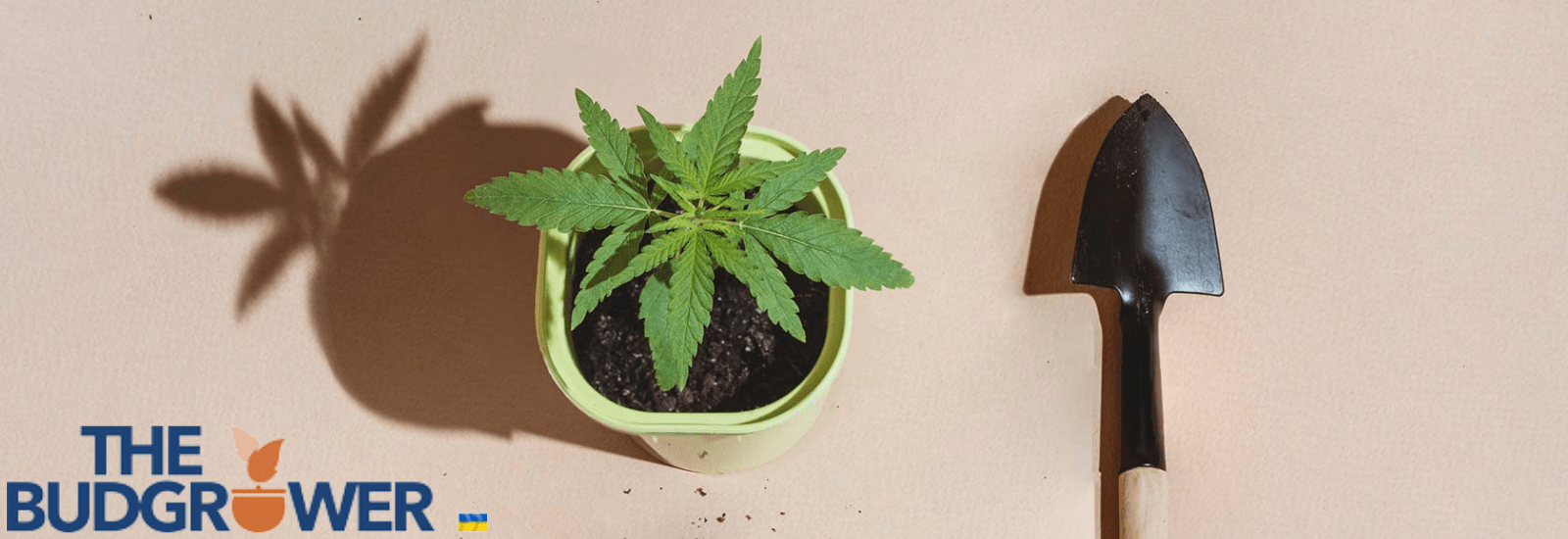
Do Cannabis Clones Lose Potency?
A marijuana clone obtained from a mother plant selected for its impressive harvest can be a disappointment when grown in a stressful environment. The grower must provide enough hormones and nutrients to enable clones to develop healthy roots quickly. Otherwise, the clone can succumb to malnutrition due to the roots’ inability to draw nutrients.
Cannabis clones require a warm environment and an 18-hour light cycle to promote photosynthesis. Nurturing young clones into healthy plants takes extra effort, but the journey is worthwhile. For best results, consider purchasing a grow kit that will serve as a clone tent.
How Long Does It Take a Cannabis Clone to Harvest?
A cannabis clone contains identical DNA to the mother plant, which means it will mature within the same duration. The main difference compared to seed-propagated crops is that you will have a four—to five-week head start by skipping germination. Fortunately, you can reduce the growing period by cultivating the marijuana clone indoors.
What Do You Need to Clone Cannabis?
After identifying a mother plant with the desired traits, you’ll need the following items:
Grow Tent
Cannabis clones require a highly humid environment and 18 hours of consistent light for up to four weeks before transplanting them outdoors or in indoor grow rooms. Grow tents offer clones the best environment for such crucial early stages of growth, unlike the outdoors, where young plants are subjected to harsh weather and unpredictable light cycles.
Cell pods
Cell pods facilitate easier transplanting because the clone has enough room to develop a strong stem and roots compared to rock wool cubes. This method also enables farmers to plant clones straight into the soil and transplant them to bigger pots when they transition to the vegetative state.
Sterilized Razor Blade or Pair of Scissors
Cannabis producers use sterilized blades to make clone cuttings to avoid contaminating crops with bacteria or fungi that cause diseases.
Dechlorinated Water at 6.5 pH
Dechlorinated water is best for nurturing cannabis plants because, unlike tap water, it doesn’t cause nutrient deficiency. Marijuana crops nurtured with tap water are prone to iron or manganese deficiency, both of which affect the development of new leaves and shoots.
Mist Sprayer
Cannabis farmers use mist sprayers to consistently keep the leaves hydrated while watering clones early in the morning. Misting is important because some clones tend to wilt due to dehydration caused by the heat emitted by powerful High-Pressure Sodium bulbs or LED panels.
Rooting gel/hormone
A rooting gel helps clones develop healthy roots for anchorage and nutrient absorption. The solution contains a hormone known as indole-3 butyric acid (IBA), which the clone transforms into Indole-3-acetic acid (IAA) to stimulate the growth of new roots.
Humidity Dome with Vents
This portable structure enables marijuana clones to adapt to the main growing environment and promotes the growth of new roots. It’s placed above the growing tray to create a transparent humid enclosure for the clones to receive adequate light and develop into robust plants. Opening the vents for an hour per day helps newly cut clones gradually experience the main growing environment. You can take off the dome for an hour for two-week-old clones and observe whether there’s wilting.
After four weeks, the clones that adapt to the growing environment won’t need the humidity dome. They’re big and ready for transplanting to larger growing pots at this stage.
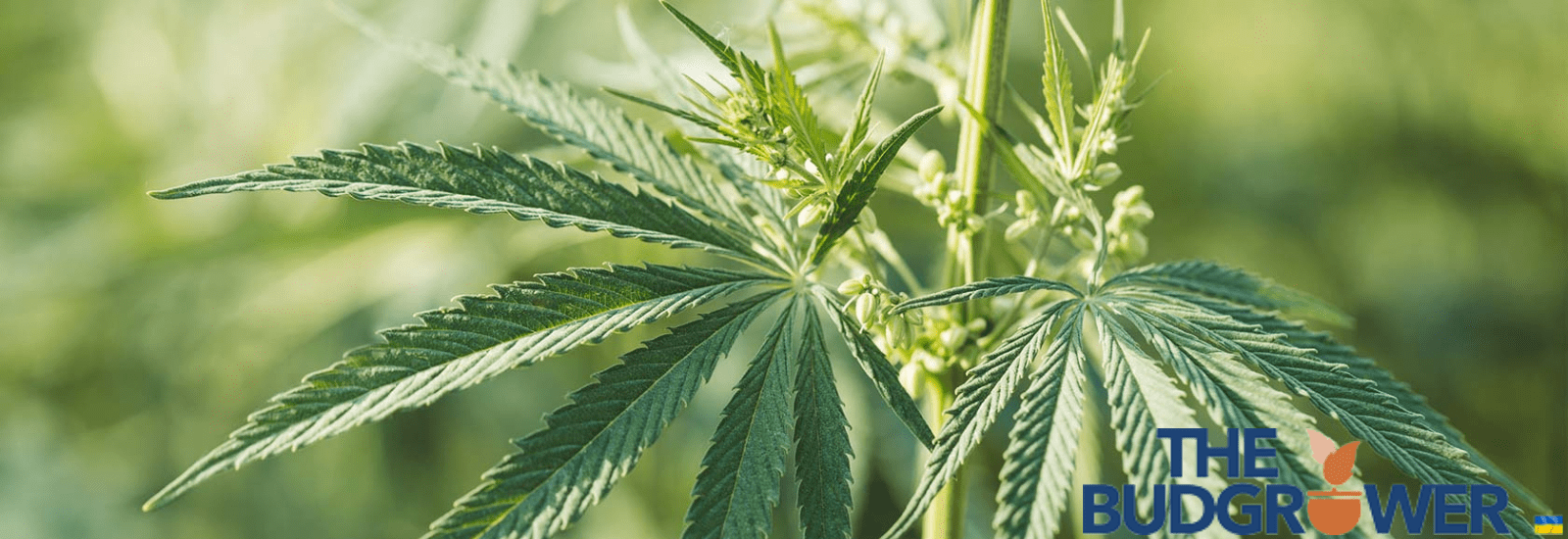
Where Do You Cut Marijuana Clones from The Mother Plant?
You can cut where the branch or stem is strong to produce a healthy plant with maximum chances of survival. The top part of the branches is the best place since it contains high amounts of different growth hormones. Make sure your clone is about six inches in height.
The next step is removing the bottom fan leaves of the cutting to maximize the plant’s rate of photosynthesis. Cutting the tip of the remaining fan leaves enables the clone to retain water by minimizing the rate of transpiration.
What Time of Day is Best to Take Clones?
Cloning at night is the best option because the plant cannot activate photosynthesis in the dark. Daytime cloning can lead to shock due to nutrient loss. Watering the plants a few hours before cloning is recommended to maximize the clones’ survival.
How Big Of a Clone Can You Take From The Mother Plant?
The recommended height is six inches, and it can be achieved by topping a plant in week eight of veg or cutting developing branches. New branches are rich in growth hormones, so growers make a 45-degree cut below the nodes to maximize the surface area for new roots.
How To Nurture Cannabis Clones
1. Can I Clone Straight Into Soil?
Yes, it’s possible, and some farmers prefer this method because it makes transplanting clones to larger pots less risky. Rooting clones inside cell pods allows the grower to transplant them when they’re two weeks into a vegetative state. It also enables the newly formed roots to adapt to the medium’s pH before transplanting to the final growing space.
2. What Temp Do Weed Clones Need?
Cultivators place the propagation tray above a seedling heat mat to maintain the temperature within 75-78 degrees Fahrenheit. Seedling heat mats require a temperature sensor inside the rock wall or soil. The sensor switches off the mat when the heat exceeds the predetermined range.
3. Do Cannabis Clones Need Air Flow?
Marijuana clones usually grow in enclosed surroundings with limited airflow during the first couple of weeks. Cultivators gradually expose the clones to airflow by opening the humidity dome vents to help the plants adapt to the external room temperature and humidity levels.
As the clone increases in height and develops new leaves, the need for airflow increases to ensure the efficient absorption of carbon dioxide. The humidity dome becomes unnecessary after 12-14 days since the clones have transitioned into a vegetative state.
4. Do Marijuana Clones Need 24 hrs of Light?
No, because it causes stress that leads to wilting since hormones from the mother plant are accustomed to an 18-hour light cycle. Continuous photosynthesis also depletes nutrients in the soil, which can cause various deficiencies.
Is cloning cannabis with LED lights a good idea? The clones will thrive under a light within 220-250 PPFD.
5. How Often Do I Water Marijuana Clones?
Expert cultivators recommend watering marijuana clones every morning for seven days. This is necessary to help in the absorption of soil nutrients and the distribution of growth hormones throughout the plant. You can maintain 75-80% humidity by using a bottle sprayer to mist the clones instead of overwatering and causing root rot.
What Should I Put in My Cloner Water?
Clonex is frequently used for this process because it contains Indole Butyric Acid (IBA), a rooting hormone that promotes the development of healthy roots. However, farmers who adhere to the 100% organic rule use aloe vera leaf extract as an alternative to Clonex. It’s a bit slower compared to rooting gels or powders because it takes anywhere from 7 to 14 days to notice root development.
6. What Do You Feed Weed Clones?
Cannabis clones require small amounts of veg nutrients during the first two weeks under the humidity dome. Farmers increase their nutrient intake gradually to help the clones grow strong branches for LST during the vegetative state.
Transplanting Your Cloned Weed
Cannabis clones rooted in soil are ready for transplanting to larger grow pots when they’re two weeks into a vegetative state. Below are a few steps for completing this process.
- Prepare a fabric pot and fill it with soil in about three-quarters. Add small amounts of veg nutrients.
- Press the sides of the cell pod until you see the soil loosening up.
- Next, hold the base of the stem and tip the cell pod upside down. This will make the soil slip out with the plant intact.
- Place the clone inside the fabric pot and fill it with soil to cover the roots.
- Water your plants with rooting hormones to promote healthy root growth.
3 Tips To Help You Grow Healthy Cannabis Clones
1. Sterilize The Humidity Dome and Propagation Tray Before Rooting The Clones
The high humidity and warm soil in an enclosed environment provide a breeding ground for harmful mold spores. Sterilizing the humidity dome and propagation tray before rooting the clones effectively prevents mold infestation.
2. Stick to One Reliable Source Of Information
There’s a whole ton of unverified information in the form of blog posts and YouTube videos on the best home remedies for promoting root growth for cannabis clones. It’s advisable to seek advice from growers who’ve successfully nurtured clones into mature plants because they provide credible information based on real-life experience.
3. Avoid Cutting Clones From Sick Mother Plants
A marijuana plant suffering from mold attacks or root rot has low immunity compared to healthy crops. Cuttings obtained from a sick plant will have a low chance of survival due to the weakness inherited from the mother plant.
Summary
It takes some practice to learn how to clone a marijuana plant successfully. Once you learn this skill, you won’t struggle to replicate impressive yields from previous harvests because creating cannabis clones is free of charge. It’s fairly simple since it doesn’t require purchasing or applying expensive agricultural resources.

